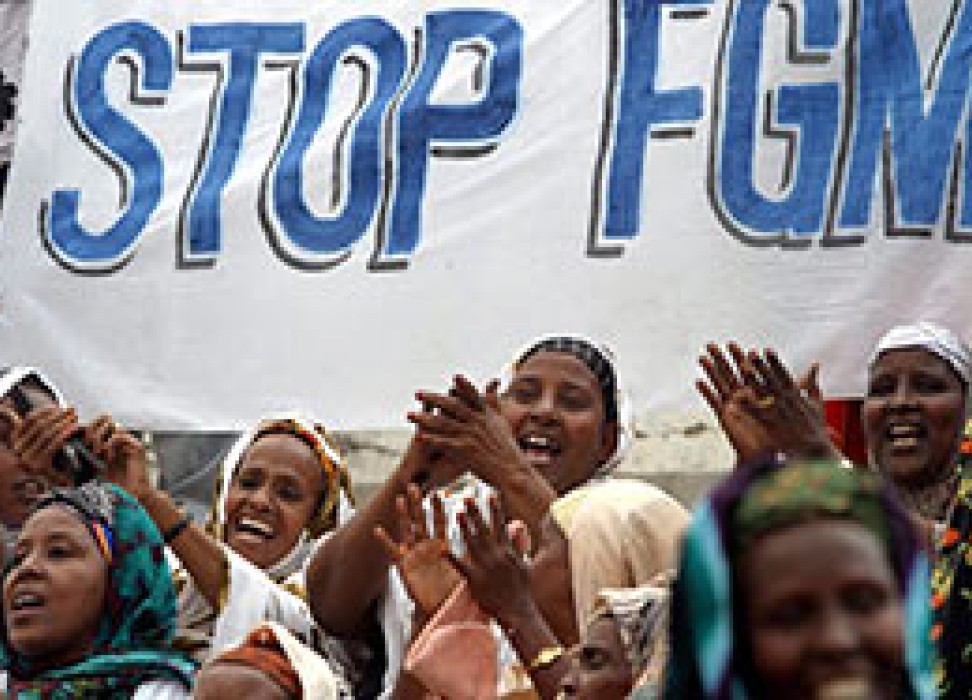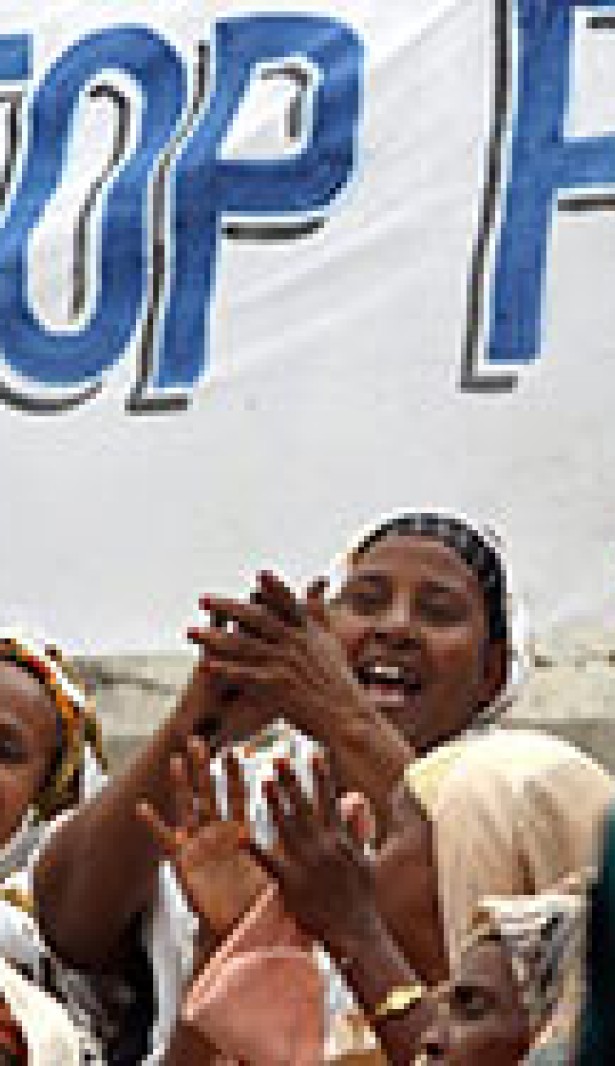Faster change needed to eliminate female genital mutilations
23 June 2014

More than 125 million girls and women are currently living with the consequences of female genital mutilation (FGM) and as many as 30 million more are at risk of undergoing this practice over the next decade, if current trends persist, warned the UN Human Rights Chief Navi Pillay, during a discussion on combating female genital mutilation.
Pillay explained that many believe this practice preserves a girl’s or woman’s virginity or restrains sexual desire, thereby preventing sexual behaviour that is considered immoral or inappropriate.
In many settings, these beliefs even result in a “better bride price” for the families of girls who have been mutilated, Pillay added.
“Incisional cutting is something that has been taken on board by the community, something that communities go along with, fearing discrimination and exclusion if they don’t,” said Chantal Compaoré, the First Lady of Burkina Faso.
“This harmful and degrading practice is not based on any valid premise and has no health benefits. On the contrary, it generates profoundly damaging, irreversible and life-long physical damage,” added Pillay.
According to the UN Human Rights Office, FGM is linked with high maternal and infant morbidity and mortality rates and can have adverse effects on the natural functions of women and girls’ bodies.
“FGM violates the right to the highest attainable standard of health… and when it results in the death of the person that is mutilated, it violates the right to life,” said Pillay.
Pillay spoke of the progress towards eliminating the practice, however based on the current annual decrease of one per cent, the target of reducing by half the prevalence of FGM will not be achieved until 2074. “Sixty years is too long to wait,” she said.
During the discussion, participants stressed that FGM is a violation of women and girls rights and that culture, tradition and religion must not be used to justify the practice. There was a striking consensus concerning not only the need to eliminate the practice but on the steps that should be taken. It was agreed that attitudes within the community need to be changed before FGM can be eliminated. This can be achieved by awareness raising campaigns, FGM modules within the educational system, support from political and religious figures, and by working with men and boys, among others.
In addition, Marleen Temmerman, from the World Health Organization, said that clinical guidelines for all healthcare providers need to be developed to properly diagnose victims and better respond to the consequences of FGM.
The panel discussion, held in June in the context of the Human Right Council’s 26th session, drew on diverse experiences from the panellists as well as representatives of States, National Human Rights Institutions, non-governmental organisations, and UN agencies in identifying the challenges, lessons learned and good practices in eliminating female genital mutilation.
23 June 2014




